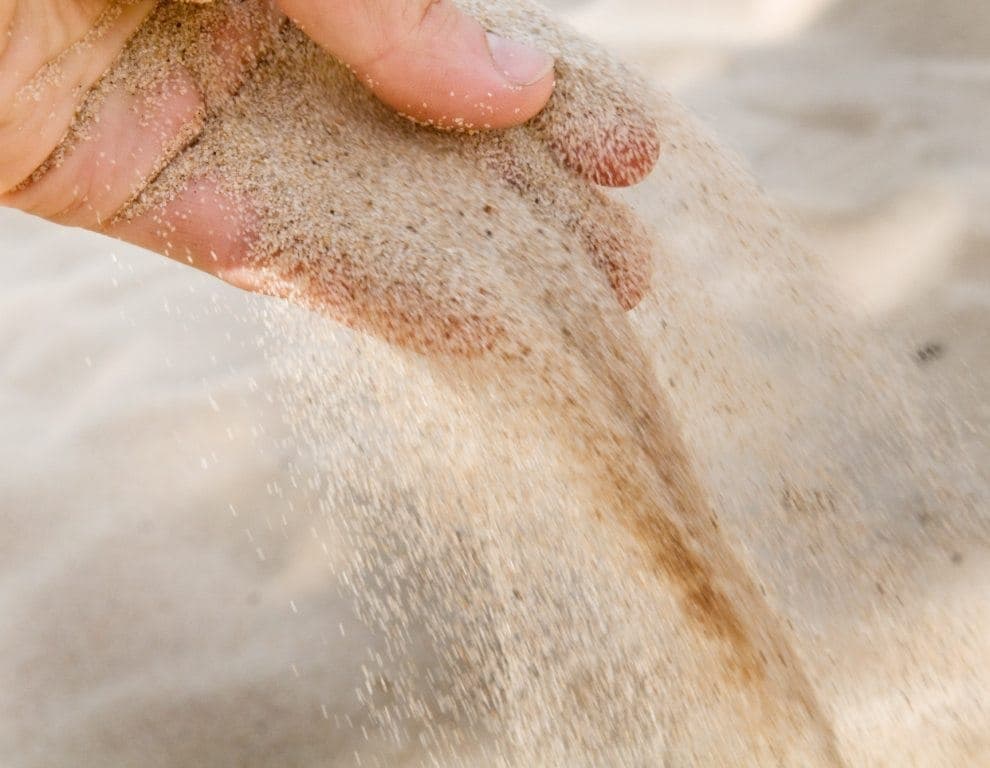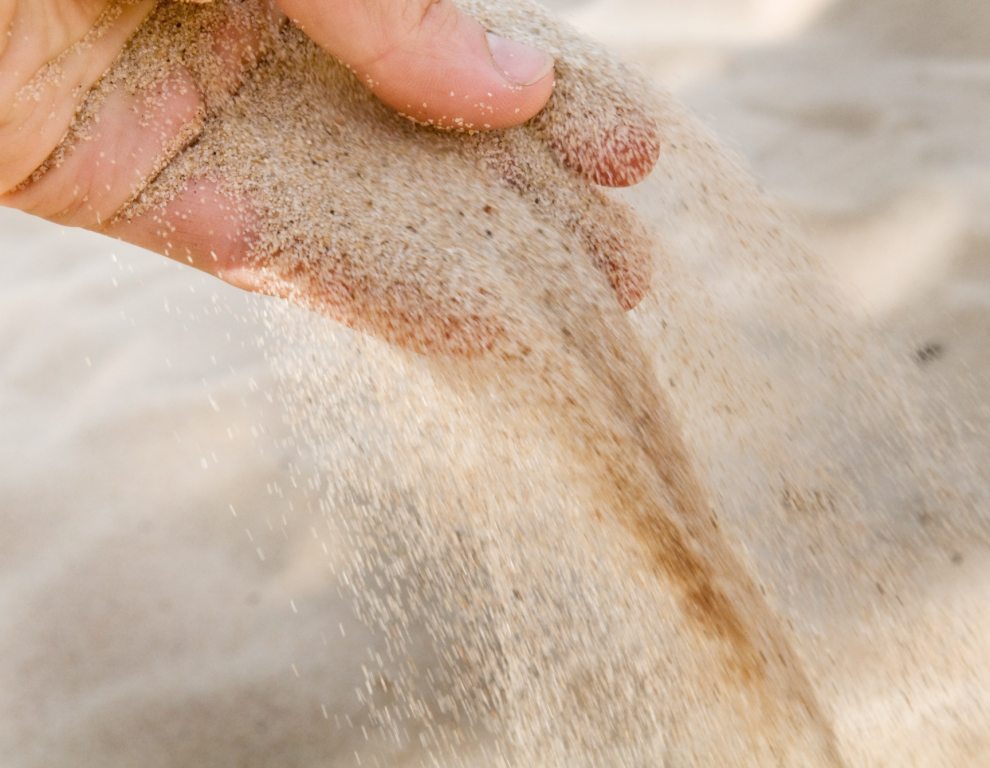

Sand is a very important construction material. It is a fine aggregate which is either natural or in the form of crushed stones and crushed gravel sand. It is finer than gravel and coarser than silt.
Sand is a basic raw material used in the construction industries. It is fine aggregate having the particle size between 150 microns and 4.75 mm.
It should be clean and well graded (all particles that have the almost same size). Fine aggregates should be durable and free from gritty particles and injurious particles like dust, kankar, soft and flaky particles of shale. Fine aggregates should also be free from alkalis and salts.
The sand should not contain more than 8% of silt (particle size less than 150 microns), and it should be determined by “silt content field test”.There are some field test which are helps the homeowner to check the quality of sand (Fine Aggregate) used on the site. Here are the way to check the quality of sand (fine aggregates) at the site.
Field and Laboratory Tests for Assessing Sand Quality
01. Rub the sample of the sand with wet palms. Good clean sand will not stick to the hand, whereas sand with clay will stick and change the colour of the palm. Such sand contains clay and silt particle. You need to test it for “silt content” on site.
02. Take a glass of water and add some quantity of sand and stir the mix. Now allow the mix to settle and observe it after an hour. Clean sand will settle immediately but if it forms the distinct top layer of silt than sand contains silt or clay particles. The thickness of the silt layer should not exceed the thickness of the sand layer by 8%. If it contains more than 8%, the sand should be washed with clear water. The diameter of glass should be uniform throughout height.
03. To find organic impurities in the sand, you should repeat the above procedure and add caustic soda (salt) in the glass of water. If the water changes the colour to brown, then there must be some organic impurities. Such sand should not be used.
04. You should taste a pinch of sand and if it tastes salty, the salt must be present in sand and hence it should not be used at all in any construction. Such sand is naturally from the river but either it is sea sand or from an area of river frequently affected by tidal water near the sea.
05. The size of particles and sharpness of sand (fine aggregates) is checked by visualization. Sand should be free from organic impurities (like shell, shingle, and other impurities) or they should be in limits which are easily identified by visualization.
06. The above are basically field tests. To finally approve it there are certain laboratory tests like Fineness Modulus and Silt Content by Weight which also needs to be done. Such laboratory tests are recommended for large projects.































